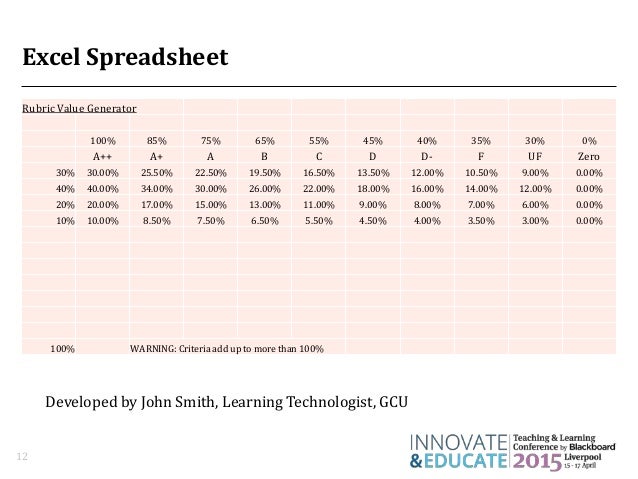

Reported at various meetings in the last year or so, body surface Weight…or, from data that Emily See from our service has generated and Size of the person being water-depleted… i.e. That has to be removed and the time allowed for its removal, but the The UF rate is dependent on a third factor: it is not just the volume This rate is exceeded, organ “stun” and cardiovascular morbidity and That there is a maximum rate at which water can be removed. This has led to the concept, advanced by Jennifer Flythe et al 1, Turn, this risks organ ischaemia and compromises organ oxygenation. Volume is contacted too quickly, organ perfusion pressures drop.

Has shown that if water is removed too fast and the circulating blood To add one piece of complexity to this simple distinction, strong data So, the UF volume = litres, but the UF rate = litres per hour. The time (or sessional duration) allowed for that removal.The volume that must be removed (the UF volume).If there are 4 litres of water to remove (UF volume) and theĭialysis run is 2 hours, the speed of removal (UF rate) will be.

If there are 2 litres of water to remove (UF volume) and theĭialysis run is 2 hours, the speed of removal-UF rate-will be 1.Volume of water that must be removed in any given time! The UF rate! The UF rate is a speed, not a volume, and refers to the a cup of tea), in general the UF volumeĮquates the litres (or kg) gained in the interdialytic period.īut…and here’s the crux of this blog…the UF volume is NOT the same as Although small adjustments may be made to this volume toĪccount for saline flushed back at the end of dialysis, or fluidĬonsumed during dialysis (e.g. = remove 3 litres ‘gain’ 4 kg = remove 4 litres … etc.] is the UF The amount to be removed [gain 2 kg = remove 2 litres gain 3 kg Run by the process called ultrafiltration. This difference (in kilograms)Įquals the volume (in litres) that must be removed during the dialysis Weight is greater than the target weight. The difference between this weight and the post dialysis Well, as every dialysis patient knows, they will be weighed at the start “target weight”) remains just a best guess. Will be found, but for now, the aimed-for post dialysis weight (the Maybe, one day, bioimpedance,īiochemistry or other biological solutions to the “dry weight” conundrum Isn’t dry weight, we call it “base” or “target weight,” as our bestĪpproximation of true dry weight. So, we do our best-and, more often than not, our best is a very badīest -to guess at what we think dry weight should be… and as it really Sorts of methods to try and determine it, dry weight is a notional goal Measurement of dry weight remains a holy grail. The body’s three fluid primary compartments (cellular, extracellular,Īnd intravascular) were to be ideal. Weight is what a body would weigh IF the volume of water in each of Often described as “dry weight,” in reality, it rarely is. While we would like this target end-dialysis weight to be what is The next treatment to return the patient to their base (NB: I personally As a result, all fluid consumedīetween treatments -the inter-dialytic period-will need to be removed at However, in time most patients will lose all native kidneyįunction and pass little or no urine. Urine output as a result of residual renal function, this gain can be Weight (read water remember 1 kilogram = 1 litre) between the end of We built to help you calculate the UF rate).īut, wait a moment: how do we know how much water to “ultrafilter”?Īs all who are involved in dialysis know, most patients rapidly gain The UF rate is the speed at which that volume is removed. The ultrafiltration volume is commonly expressed in terms of Single treatment to return a patient to his or her target (or base) The UF volume is the amount of water that must be removed in a The purpose of this blog is to set the ledger straight! So, here Pressures, more (or less) water can be removed. Convective positive or negative pressures thatĪre applied to either side of the dialysis membrane largely determine (toxins) made by the body’s daily functioning Solutes – dissolved electrolytes (salts) and molecules of waste.Unfortunately, this half-step in the rightĭirection may have simply added to this confusion. Has recently introduced a recommendation that the UF rate should be I have been told (correctly or incorrectly) that Fresenius North America Uncertainties about exactly what the difference is. While the UF volume has been with us for as long as there has beenĭialysis, recent interest in the UF rate appears to have introduced some These are NOT synonymous-they mean entirely different things. I have detected some confusion between ultrafiltration (UF) volume and Haemodialysis UF Volume and UF Rate are NOT the Same


 0 kommentar(er)
0 kommentar(er)
